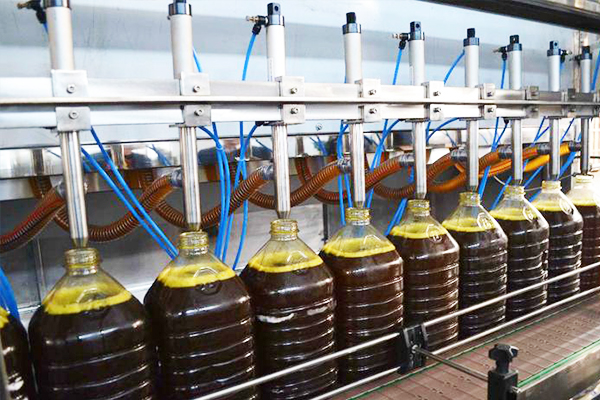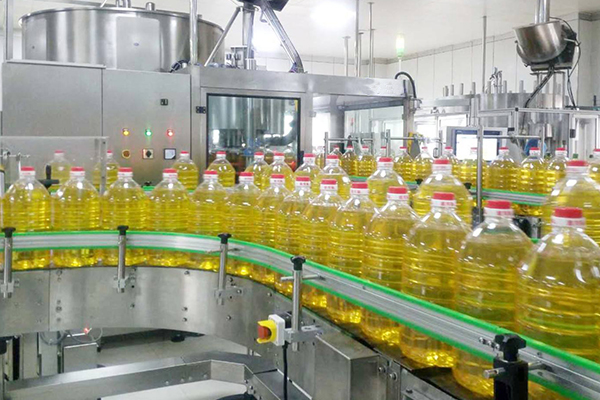Release Date:2025-07-26 11:25:45 Popularity:
An automated production line refers to a continuous production system composed of several automated equipment and control systems under a certain process flow. It completes the entire process of raw materials or parts from preliminary processing to finished product delivery through mechanical structure, electrical control, sensors, PLC programs, industrial robots and other auxiliary equipment, with almost no human intervention, realizing "human-machine collaboration" or even "unmanned" production.

1. Core components of automated production lines
Automatic feeding system: realizes directional and quantitative delivery of raw materials or semi-finished products, such as vibration plates, belt conveyor lines, robot feeding systems, etc.
Processing/assembly unit: configure different automatic assembly, welding, riveting, marking, silk screen, filling and other modules according to product process needs.
Transmission system: such as belt lines, chain lines, and roller lines, used for orderly connection between processes.
Detection system: configure visual inspection, air tightness inspection, weight inspection and other devices for quality control.
Control system: usually uses PLC or industrial computer control to realize coordinated operation and data interaction of the entire line equipment.
Information system integration: connect to MES system and ERP system to realize production data collection, traceability, analysis and optimization.

2. Main advantages of automated production lines
Improve production efficiency: Automated production lines can operate continuously for 24 hours, with stable beats and much higher production efficiency than manual operation.
Improve product consistency: Mechanical operation has high precision and strong repeatability, which ensures the uniformity and controllability of product quality.
Reduce labor costs: Greatly reduce manual operation links and alleviate the problem of "difficulty in hiring and expensive labor" for enterprises.
Reduce human errors: The automation system executes according to the set program to avoid human operation errors.
Support flexible manufacturing: Through modular design, it can quickly switch product types to meet the needs of small batches and multiple varieties of orders.
Achieve intelligent management and control: With the information system, intelligent functions such as data collection, real-time monitoring, and predictive maintenance can be realized.

3. Wide application in various industries
Automated production lines are applicable to multiple industries, including but not limited to:
Medical consumables: automatic assembly, welding, testing and packaging of pipettes, centrifuge tubes, blood collection tubes, oral mirrors, etc.;
Food and beverages: filling, capping and labeling lines for bottled beverages, dairy products and condiments;
Daily chemical products: filling and sealing packaging of shampoo, toothpaste, face cream and other products;
Hardware and electronics: fully automatic assembly and testing of small hardware, connectors, switches and electrical components;
Plastic products: fully automatic flocking, hooking and assembly production lines for hangers, trouser racks and other products.

In general, an automated production line is not only a set of production equipment, but also a manifestation of advanced manufacturing concepts. It is a key path for enterprises to enhance their core competitiveness and realize intelligent manufacturing. Under the new wave of industrial upgrading, embracing automated, customized and intelligent production lines has become an inevitable choice for the development of enterprises.